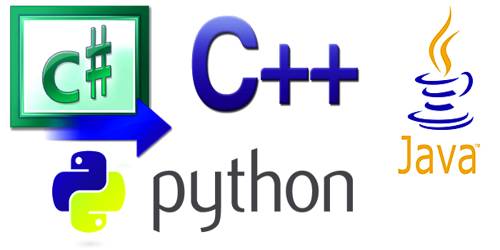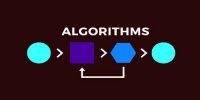High-Level Programming Language
A high-level language is a programming language that enables a programmer to write programs that are more or less independent of a particular type of computer. Such languages are considered high-level because they are closer to human languages and further from machine languages. It does not require addressing hardware constraints when developing a program. In contrast, assembly languages are considered low-level because they are very close to machine languages.
The main advantage of high-level languages is that they are easier to read, write, and maintain. Programmers can easily learn high-level languages as it is very close to human language. Ultimately, programs written in a high-level language must be translated into machine language by a compiler or interpreter. The high-level source code contains easy-to-read syntax that is later converted into a low-level language, which can be recognized and run by a specific CPU.
The first high-level programming languages were designed in the 1950s. Now there are dozens of different languages, including ADA, ALGOL, BASIC, COBOL, C, C++, FORTRAN, LISP, Pascal, and Prolog. Each of these languages uses dissimilar syntax. Some are designed for writing desktop software programs, others are for web development.
Advantages –
- They are easy to write, debug and maintain.
- It provides a higher level of abstraction from machine languages.
- It is machine independent language.
- Easy to learn, less error-prone, easy to find and debug errors.
Disadvantages –
- It takes additional translation times to translate the source to machine code.
- They are comparatively slower than low-level programs.
- Compared to low-level programs, they are generally less memory efficient.
- Cannot communicate directly with the hardware.















